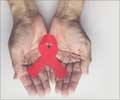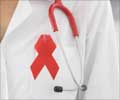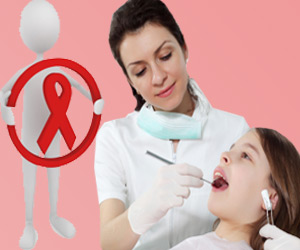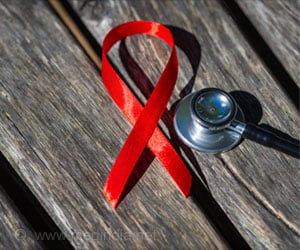An HIV treatment widely used in developing countries because of lower cost may not make a good combination with rifampicin-based anti-tuberculosis therapy, according to a new study.
An HIV treatment widely used in developing countries because of lower cost may not make a good combination with rifampicin-based anti-tuberculosis therapy, according to a new study.
Dr. Andrew Boulle of the University of Cape Town, South Africa has discovered that patients receiving rifampicin-based anti-tuberculosis therapy along with nevirapine antiretroviral therapy are at an increased risk of virological failure.A combination antiretroviral therapy (ART) is frequently initiated in resource-limited countries when patients are being treated for tuberculosis. Co-administration of ART and anti-tubercular therapy may be complicated by shared toxicity or adverse drug interactions.
The researchers analysed the effectiveness of efavirenz- or nevirapine-based combination ART used with rifampicin-based anti-tubercular therapy.
The clinical data collected from a community-based South African antiretroviral treatment program included 2,035 individuals (1,074 with tuberculosis) receiving antiretroviral therapy with efavirenz, and 1,935 with nevirapine (209 with tuberculosis).
The researchers found that patients with tuberculosis receiving nevirapine therapy were about twice as likely to have elevated viral loads during follow-up than those without tuberculosis.
Their analysis also confirmed that patients starting nevirapine with tuberculosis treatment were more than twice as likely to develop virological failure sooner.
There were no differences between patients starting efavirenz with and without tuberculosis treatment, or in patients developing tuberculosis while on nevirapine or efavirenz compared to those free of tuberculosis on the same antiretroviral drug.
"One of the most striking aspects of our study was the demonstration that 40 percent of patients starting ART in recent years have concurrent tuberculosis, underscoring the public health importance of improving affordable treatment options for patients infected with HIV and tuberculosis in this setting," they added.
The study appears in the journal JAMA.
Source-ANI
SRM
 MEDINDIA
MEDINDIA




 Email
Email









